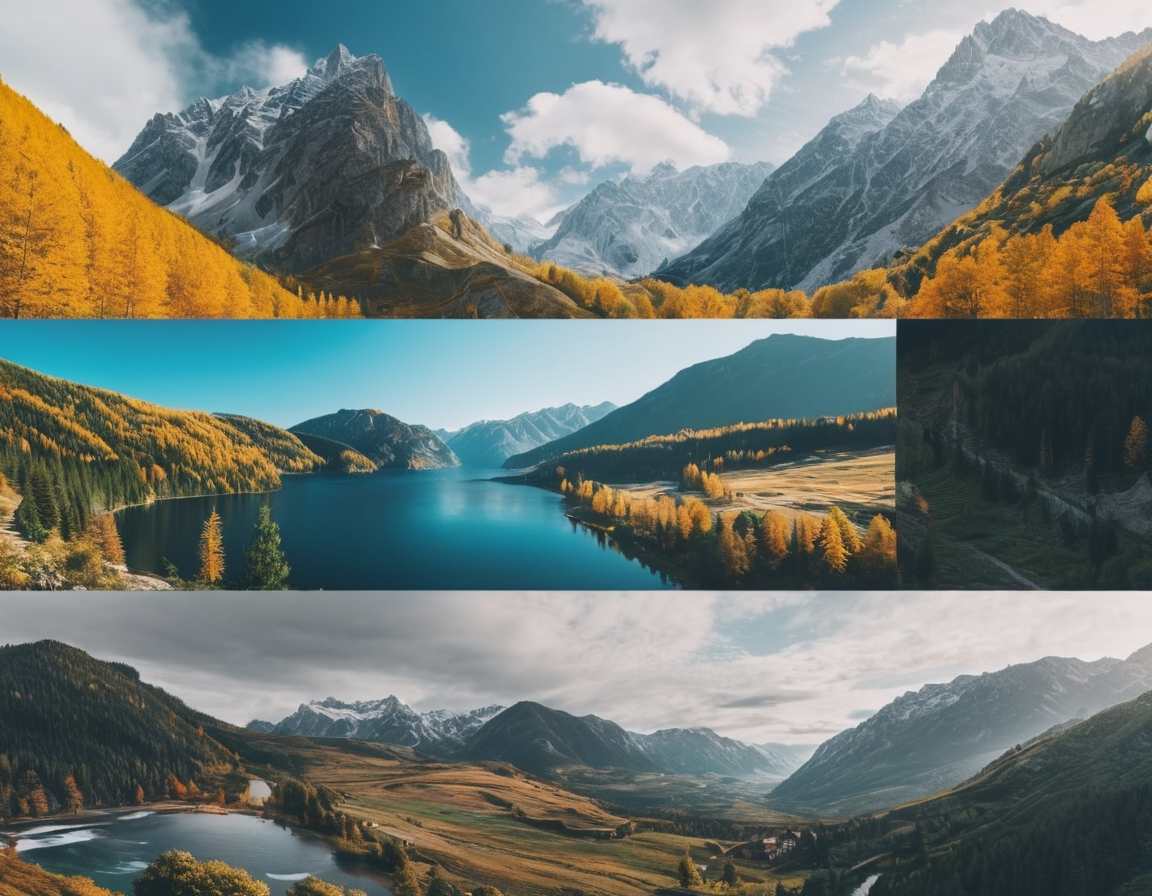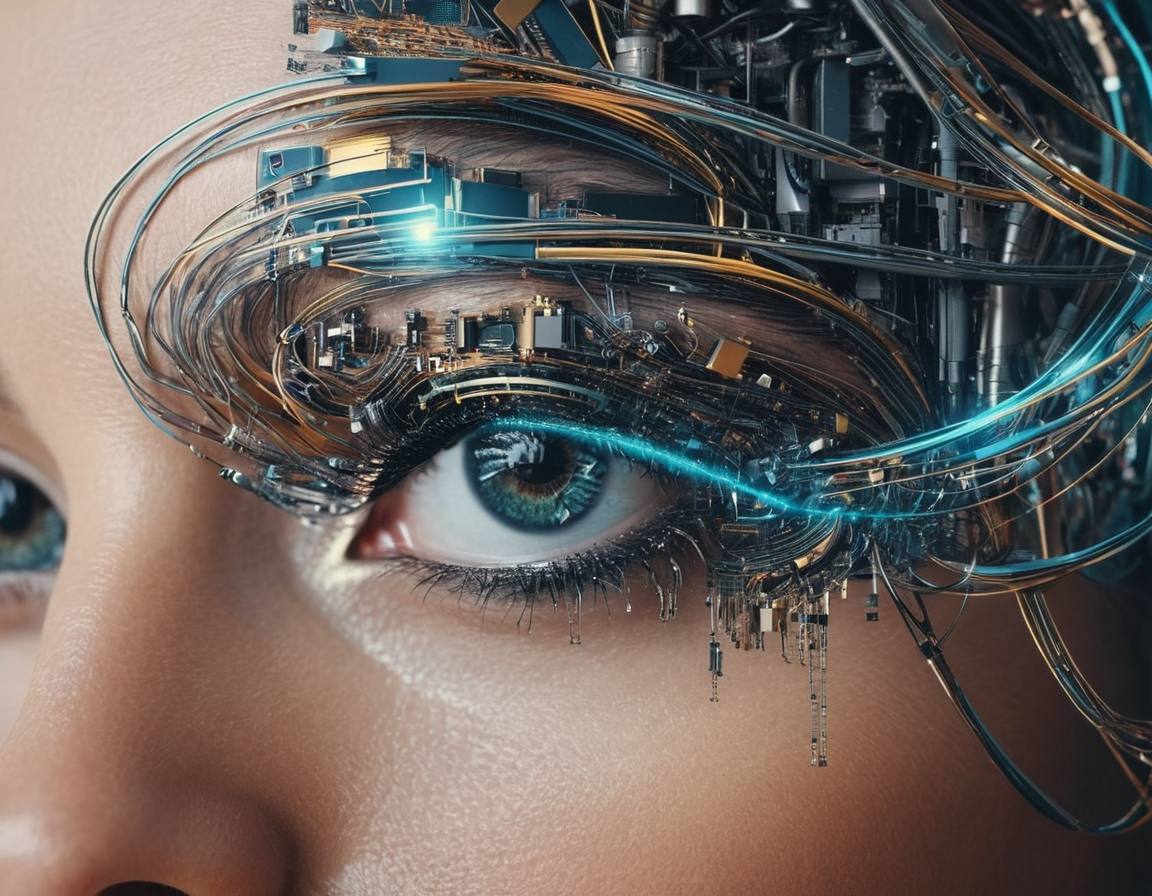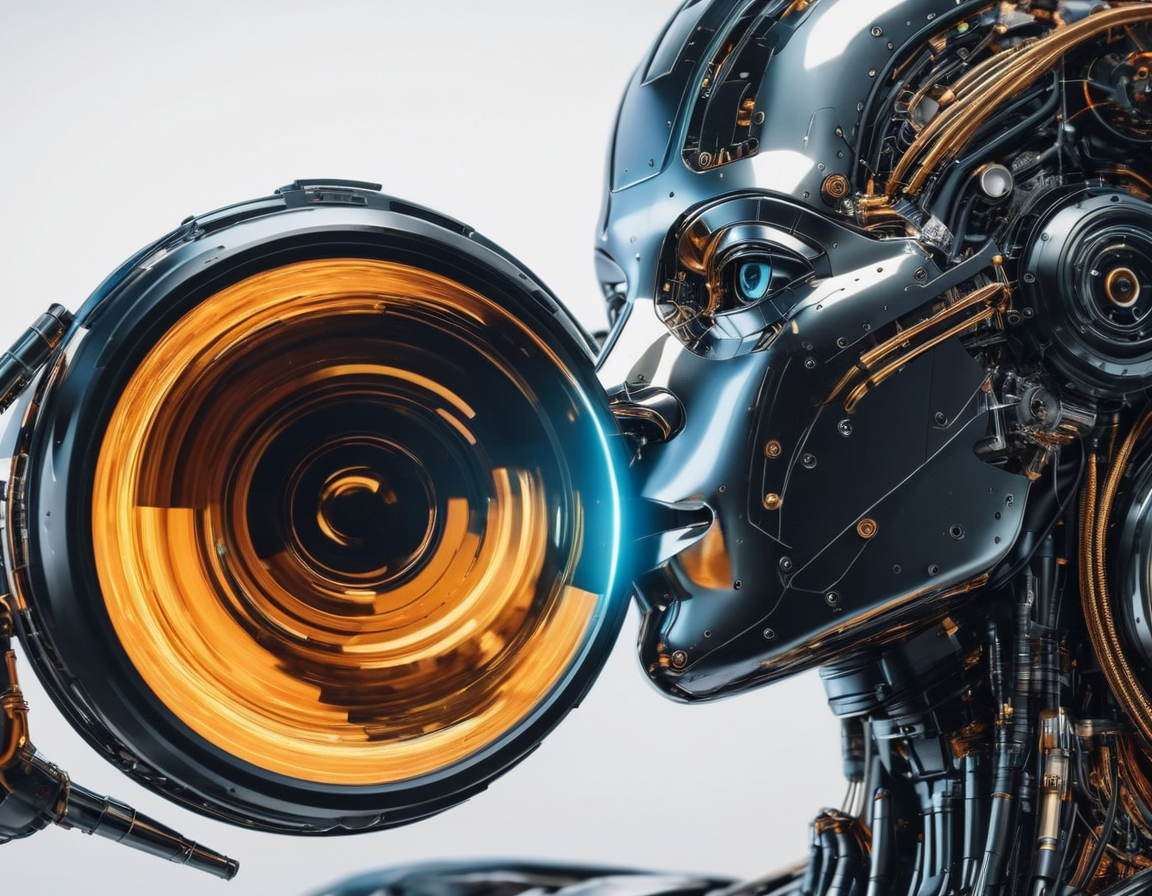AI-Generated Images: Bringing Imagination to Life with Artificial Intelligence

In recent years, artificial intelligence has taken over our lives in ways we could have never imagined (no pun intended). From virtual assistants like Siri and Alexa to self-driving cars and complex medical diagnoses, AI is transforming the way we live, work and play. Now, this groundbreaking technology has invaded an entirely new frontier: art.
AI image generation refers to creating visuals that don’t exist in reality by using artificial intelligence algorithms instead of a camera or human creativity. While it may sound like science fiction, AI-generated images are becoming more and more commonplace each day. In this post, we will explore how these digital masterpieces come into existence and their potential applications across various industries.
The First Brushstroke: How AI Generates Images
AI image generation is primarily powered by a subset of artificial intelligence called deep learning or neural networks. Here’s the gist of it—imagine you have thousands upon thousands of images that serve as examples for what an AI considers to be ‘an apple’, ‘a beach’, etc. The neural network will analyze these images and then learn how to create new images based on these patterns.
When prompted with a request, the system uses this learned knowledge to generate an entirely unique image—from scratch! That’s right; these AI-generated images are completely fictitious yet strikingly lifelike at the same time. It’s like having your very own digital Picasso.
The Art of Possibilities: Applications of AI Image Generation Learn more about Generated
Now that we understand how AI generates visuals, let’s explore where its applications lie. Firstly, in the field of art and design itself, artists are exploring ways to incorporate this technology into their creative process. Some use it as a tool for brainstorming or idea generation, while others see AI-generated images as standalone works of digital art that can be exhibited on galleries online.
Furthermore, the advertising and marketing industry stands to benefit greatly from AI image generation technology. These algorithms can create thousands of customized visuals in a matter of seconds—tailored specifically for each individual user or demographic group. This personalization not only increases engagement but also enhances brand recognition by providing visually appealing content that caters directly to the audience’s preferences.
A similar trend is visible in fashion, where designers are using AI-generated images to create virtual clothing lines and conduct market research on what styles would be most popular before physically producing them. This reduces waste, speeds up product development timeframes, and helps businesses adapt quickly to changing consumer trends.
In the realm of scientific discovery, researchers have been exploring ways in which AI image generation can supplement traditional imaging techniques like X-ray crystallography or electron microscopy, enabling us to visualize atomic structures that were previously invisible to human perception. This level of detail opens up possibilities for groundbreaking discoveries and innovations across various fields such as medicine, materials science, and environmental studies.
Learn more about Images
Moreover, the gaming industry leverages AI-generated images to create immersive digital environments with lifelike visuals. These graphics help users fully immerse themselves into a virtual reality experience, blurring the line between imagination and reality.
In Closing
AI image generation is undoubtedly revolutionizing industries across board, from art to science, advertising to gaming. This technology has allowed us to bring our wildest imaginations to life in ways we could only dream of before. With AI’s rapid evolution, the possibilities for future development are endless—we can expect even more groundbreaking applications in the coming years. So buckle up as we navigate this exciting journey into uncharted territories of digital art and discovery!

